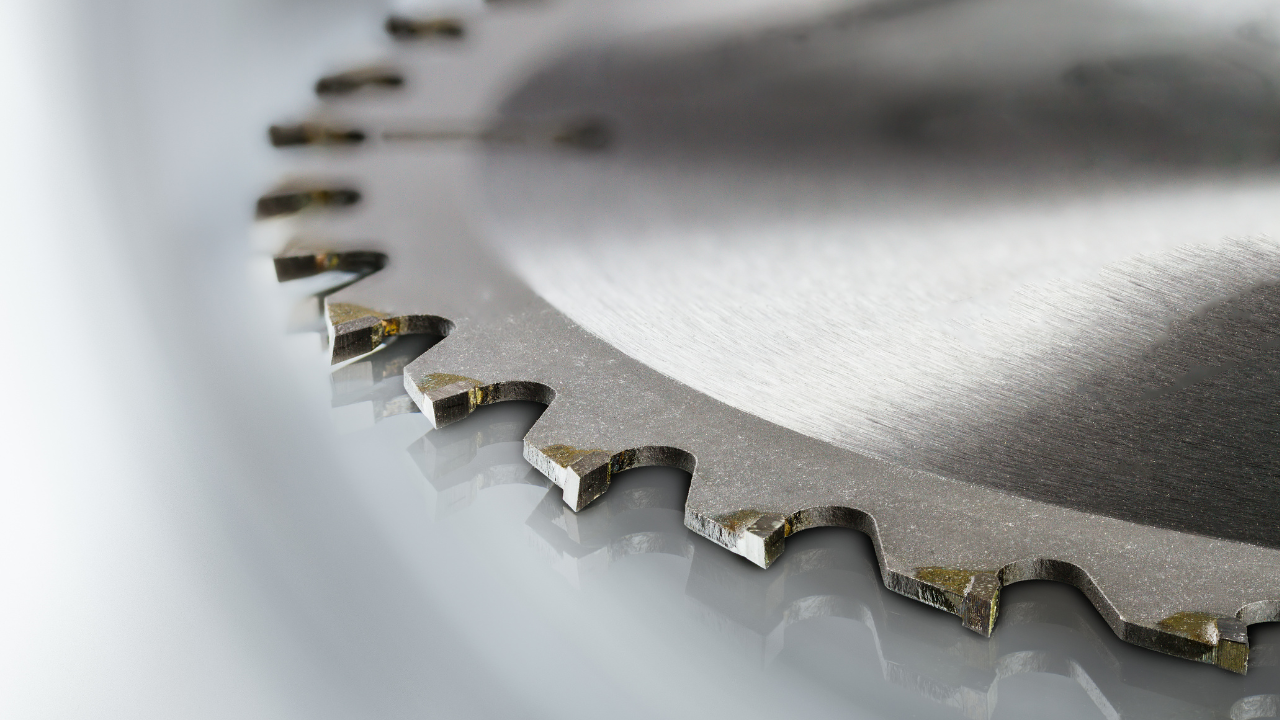Industrial Circular Saws
Browse Our Range of Industrial Circular Saws
At Anton Saws & Machinery Ltd, we supply an extensive selection of industrial circular saws, with options to suit every workshop; from manual models through to semi-automatic, automatic, and fully automated systems.
Whether you’re searching for a brand new circular saw or a reliable used machine, our range is designed to meet the demands of UK manufacturers, engineers, and fabricators.
Why Choose a Circular Saw?
An industrial circular saw is ideal when you need fast, accurate straight cuts. Designed for efficiency, circular saws are widely used in fabrication and engineering for cutting metal tubes, bars, plastics and timber. They’re reliable, versatile, and perfect for high-volume production where speed matters.
Expert Advice & Support
Not sure which industrial circular saw is right for your application? Our knowledgeable team at the Andover showroom can guide you through the options.
For more information, view our Circular Saw FAQs, or contact us today to discuss your requirements.
Circular Saw FAQs
Industrial circular saws are heavy-duty machines. They are designed for large-scale, repetitive cutting tasks in manufacturing, construction and metalworking. These saws are often more powerful than standard hand held models or power tools. They can handle materials like thick metals, ferrous metals, hardwoods, plastics, and composite materials with greater precision cutting and efficiency. Whilst there are handheld and cordless circular saws available, we specialise in industrial machines.
These machines are a versatile tool, and can be used for a variety of industrial applications and tasks, including:
- Cutting steel, stainless steel, aluminium, and other metals with precision
- High-speed, straight cutting of thick/dense wood for manufacturing
- Cutting specialised materials
- Delivering consistent, repeatable cuts
Depending on if it’s manual or automatic, operation will differ slightly. You will be provided with instructions on how to operate your specific machine. However, it will generally follow the same format:
- Prepare the machine: Ensure the correct blade for the material is securely installed
- Adjust settings: Set the cutting speed, depth, and angle according to the material specifications
- Secure the material: Use clamps or vices to hold the material firmly
- Start the saw: Power up the machine and let it reach full speed
- Feed the material: Feed the material slowly into the blade
- Safety measures: Wear industrial-grade safety gear (goggles, gloves, ear protection) and keep clear of the cutting zone
A blade will last depending on a variety of factors. These include: material you’re cutting; blade size; frequency of use; and maintenance.
Installing, changing or removing a circular saw blade can be quite a simple process:
- Power down the machine: Disconnect from the power source
- Engage the lock: Prevent blade rotation using the machine’s built-in locking mechanism
- Loosen the bolt: Use the wrench provided to loosen and remove the bolt
- Replace the blade: Carefully install the new blade, ensuring it matches the machine’s specifications (e.g., arbor size, tooth configuration)
- Secure the blade: Tighten the bolt firmly and disengage the lock
If in any doubt about changing your blade, get in touch with our servicing department.
Industrial blades should be sharpened to maintain performance. We can provide a professional sharpening service for the best results, for a range of circular blades.
When selecting an industrial circular saw, consider:
- Application: Choose saws designed for specific tasks, such as metal-cutting cold saws or heavy-duty woodworking models
- Blade compatibility: Ensure the saw supports industrial-grade blades for the intended material, we have a range of metal cutting circular blades or wood cutting blades to choose from
- Cutting capacity: Match the saw’s cutting depth and size to your production needs
- Automation features: Look for advanced features like programmable cutting for mass production or adjustable speeds for material versatility





























